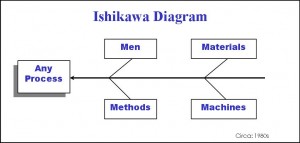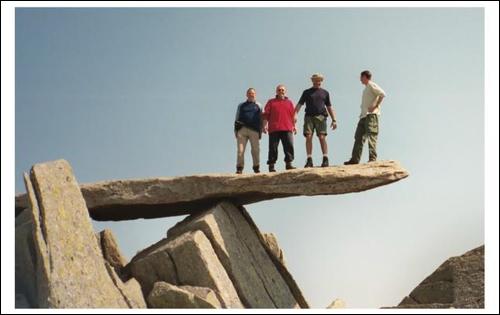 How many times have you worked on projects where the product spec is not defined?
How many times have you worked on projects where the product spec is not defined?
This leads to all sorts of issues as the customer tweaks the product spec and the designer responds accordingly, trying to keep the customer happy but at the same time disappointing her because the timescale keeps getting extended to accommodate the changes. A vicious circle develops leading to frustration on all sides & a perception of incompetence which can lead to loss of all important business.
This can be fixed by adopting the following practice:-
1) A milestone MUST be put in the plan, somewhere in the design phase, for product spec sign off by both parties.
2) It should be clearly communicated and understood that any changes following this milestone will be under change control, approved by Senior Management and will impact the timing plan & probably have a cost impact.
This practice is good for both customer & supplier. It forces the customer to clarify what they want and leaves the supplier with no excuse for not meeting planned deliverables once the spec is fixed.
![]()
; Keep up to date by becoming a facebook
fan



 As a rough guide a
As a rough guide a  The recent internal memo “leaked” from Nokia & published on technology website Endgadget.com demonstrates the need for any corporation, but particularly those in the Technology arena, to have a continuous stream of
The recent internal memo “leaked” from Nokia & published on technology website Endgadget.com demonstrates the need for any corporation, but particularly those in the Technology arena, to have a continuous stream of  1) Create Space – nothing clouds judgement more than pressure to create a fast solution. Tell stakeholders you are assessing the situation and will provide an update in 1 weeks time.
1) Create Space – nothing clouds judgement more than pressure to create a fast solution. Tell stakeholders you are assessing the situation and will provide an update in 1 weeks time.
 chris@projectsguru.co.uk
chris@projectsguru.co.uk Don’t ask me what “Zen” is.
Don’t ask me what “Zen” is. Operating as an Interim
Operating as an Interim 
 Earned Value is a term which allows us to determine where we are in a project in terms of progress against plan. If we talk about expended cost at a particular moment of time we have no idea whether we are ahead or behind the plan unless we measure the amount of work done and the time expended doing it.
Earned Value is a term which allows us to determine where we are in a project in terms of progress against plan. If we talk about expended cost at a particular moment of time we have no idea whether we are ahead or behind the plan unless we measure the amount of work done and the time expended doing it.


 Most people involved in
Most people involved in